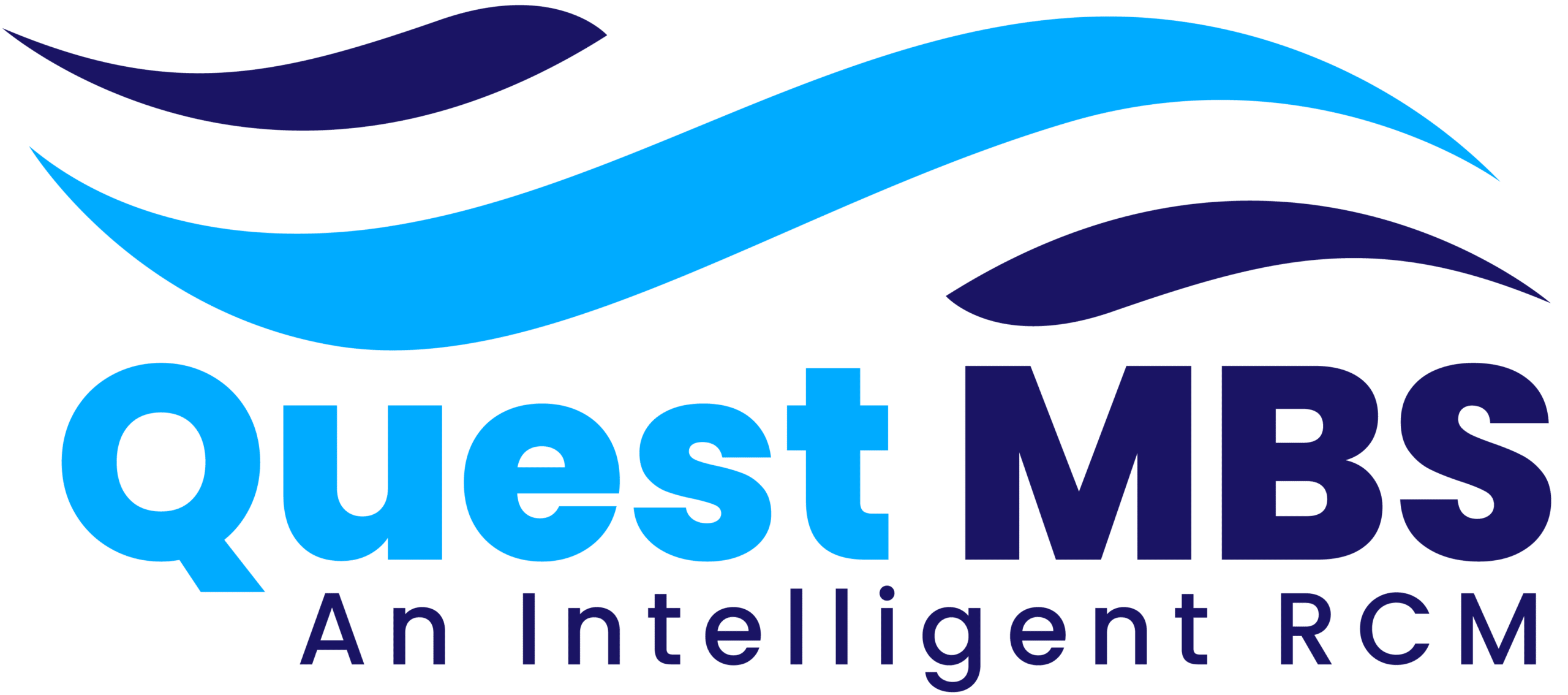Introduction: The Complexity of ICD-10 Coding
ICD-10 coding has revolutionized the way healthcare providers document diagnoses and procedures, offering more specificity and granularity than its predecessor, ICD-9. However, with these advancements come significant challenges for billing teams, coders, and healthcare organizations. From maintaining compliance to ensuring timely reimbursements, mastering ICD-10 requires both knowledge and strategy. As coding accuracy directly impacts financial outcomes, overcoming these hurdles is essential for optimizing the revenue cycle.
Challenge 1: Volume and Specificity of Codes
ICD-10 contains over 70,000 diagnosis codes and more than 75,000 procedure codes. The sheer volume can overwhelm even experienced coders. Each condition can have multiple code variations depending on severity, laterality, and other clinical factors. This level of detail is crucial for accurate claim submissions but increases the risk of miscoding. Choosing the wrong code can lead to denials, delayed payments, or compliance issues.
Solution: Invest in Comprehensive Training
Ongoing education is key to mastering ICD-10 coding. Coders must receive training not just during implementation but continuously as updates and new codes are introduced. Webinars, certification programs, and workshops can help coders stay current. Encouraging coders to specialize in specific specialties—such as cardiology, orthopedics, or oncology—can also improve accuracy and confidence in code selection.
Challenge 2: Integration with Clinical Documentation
One of the major challenges in ICD-10 coding is translating clinical language into the proper codes. When physicians document diagnoses without sufficient detail, coders are left guessing, leading to incomplete or inaccurate codes. Inadequate documentation affects both claim validity and patient data accuracy, making it critical to bridge the gap between clinicians and coders.
Solution: Improve Clinical Documentation Practices
Educating providers on documentation best practices can significantly reduce coding errors. Implementing Clinical Documentation Improvement (CDI) programs ensures that all necessary details—such as stage, acuity, and anatomical location—are included in the patient’s record. Using prompts within EHR systems can also remind providers to include critical details at the point of care.
Challenge 3: Frequent Updates and Regulatory Changes
ICD-10 codes are updated annually to reflect changes in medical knowledge and payer requirements. Staying up to date with these modifications can be difficult, especially for smaller practices without dedicated compliance teams. Failure to use the latest codes may result in claim rejections or audits.
Solution: Leverage Coding Software with Auto-Updates
Using coding software that integrates automatic updates ensures that the latest code sets are always available. These tools also offer real-time code validation and cross-referencing features that flag outdated or mismatched codes before submission. By automating part of the compliance process, organizations can reduce errors and increase first-pass claim acceptance rates.
Challenge 4: Denials and Payment Delays
Incorrect ICD-10 codes are a leading cause of medical claim denials. In some cases, claims are denied due to mismatches between diagnosis and procedure codes, non-covered diagnoses, or insufficient documentation. These denials can create significant revenue loss if not addressed promptly.
Solution: Implement Robust Denial Management Workflows
Creating a structured process to identify, analyze, and appeal denials helps organizations recapture lost revenue. Coding audits can identify patterns in rejected claims, guiding targeted improvements. Training billing staff to appeal denied claims with strong documentation and corrected codes can lead to higher reimbursement recovery rates.
Challenge 5: Interoperability and Data Consistency
Healthcare organizations often use different EHRs, billing systems, and coding tools that may not always communicate effectively. This lack of interoperability can cause inconsistencies in data flow, leading to duplicate codes, missing information, or mismatched billing details. These issues not only complicate coding but also impact reimbursement timelines.
Solution: Standardize Systems and Workflows
Consolidating technology platforms and integrating billing, coding, and documentation tools improves data accuracy. Workflow standardization ensures consistent code usage and documentation across the organization. Clear communication protocols between coders, billers, and clinical staff also enhance process efficiency and minimize data fragmentation.
Challenge 6: Transition from ICD-9 to ICD-10 for Some Practices
Although ICD-10 has been the standard for several years, some legacy systems and small practices still face challenges transitioning from ICD-9. These include outdated software, lack of training, and difficulty mapping old codes to the new structure.
Solution: Use Code Mapping Tools and Support Services
General Equivalence Mappings (GEMs) and other code mapping tools can assist in converting ICD-9 codes to ICD-10 accurately. Partnering with coding experts or outsourcing to professional billing services can further ease the transition, ensuring continuity in claim submissions and reducing the risk of noncompliance.
Challenge 7: Specialty-Specific Coding Requirements
Different medical specialties have unique coding needs. For instance, neurology, dermatology, and internal medicine each require familiarity with a distinct subset of ICD-10 codes. Applying general coding knowledge to specialized services can lead to inaccurate billing and lost revenue.
Solution: Deploy Specialty-Certified Coders
Hiring or training coders with certifications in specific specialties ensures coding is tailored to the services provided. Specialty-specific coding guidelines, regular audits, and collaboration with clinicians can further enhance accuracy and compliance in high-complexity areas.
Challenge 8: Time Constraints and Productivity Pressure
The added complexity of ICD-10 often leads to longer time spent on coding, especially when reviewing detailed documentation or researching unfamiliar codes. Under productivity pressure, coders may take shortcuts or resort to unspecified codes, which can harm claim accuracy and payment timelines.
Solution: Balance Speed and Accuracy with Workflow Optimization
Productivity tools, such as coding shortcuts, templates, and voice-to-text documentation, can help coders work efficiently without sacrificing accuracy. Setting realistic productivity benchmarks and using key performance indicators (KPIs) to track both speed and quality ensures sustainable output levels.
Challenge 9: Audit and Compliance Risk
Inaccurate ICD-10 coding increases the likelihood of audits from payers, government agencies, and accreditation bodies. Errors—especially in high-volume or high-cost services—can lead to financial penalties, overpayment refunds, or even fraud investigations.
Solution: Conduct Regular Internal Audits
Proactive auditing identifies issues before they escalate into larger problems. Coding audits should be routine, covering random and high-risk cases to ensure coding integrity. Educating coders on audit outcomes fosters a culture of accountability and continuous improvement.







